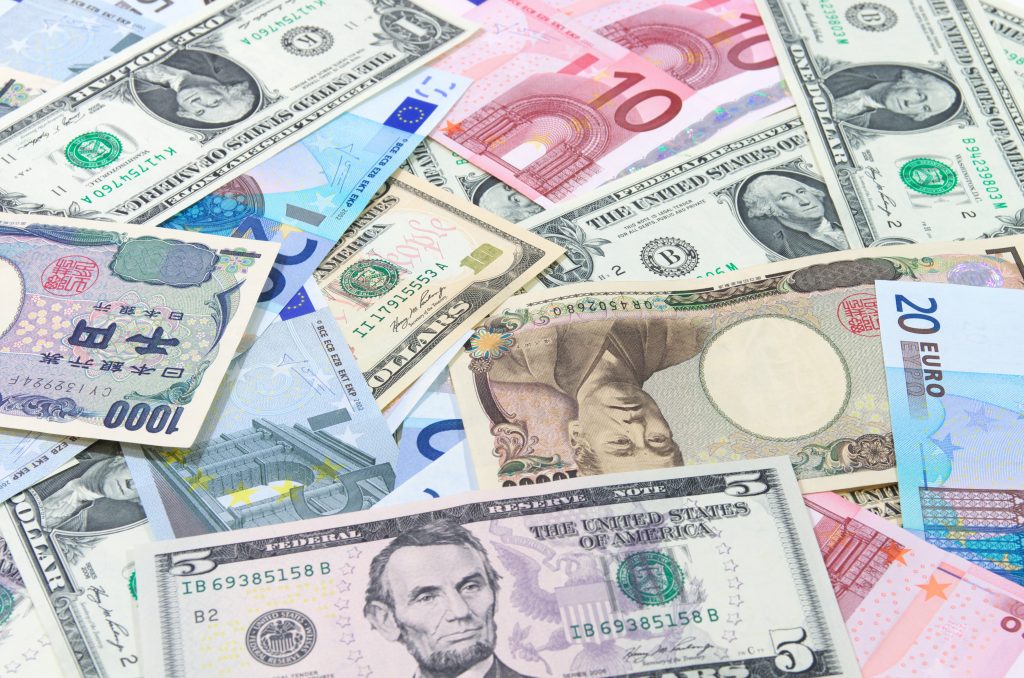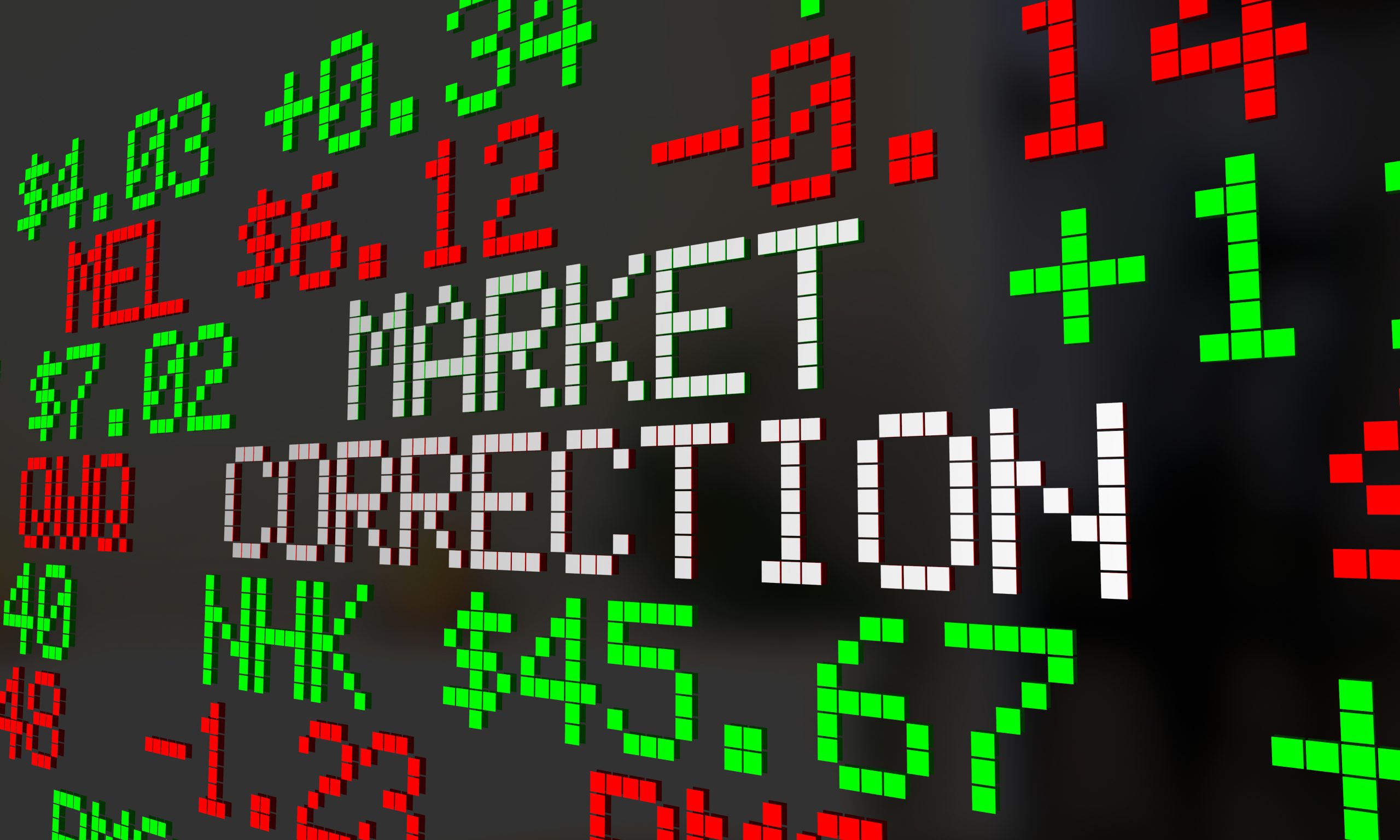Dollar Continues Historic Run
Buoyed by rising interest rates, the U.S. dollar continues to strengthen in 2022—most recently notching a 24-year high against the Japanese Yen.

A strong year for the U.S. dollar recently turned into an even stronger year with the greenback strengthening to multi-year highs against some of the world’s other major currencies toward the end of H1 2022.
On June 13, the dollar moved toward a 24-year high against the Japanese yen. The dollar still looks poised to move into parity with the euro, a level last observed in 2002.
So what’s driving recent action in the foreign currency markets? In short, tightening monetary policy in the United States.
The U.S. Federal Reserve has already raised benchmark interest rates in the U.S. from effectively zero percent to 0.75% in 2022. It’s expected that the U.S. central bank will increase rates by another 0.50%-0.75% during the June 13-14 meeting, and a further 0.50%-0.75% during the July 26-27 meeting.
A tightening of monetary policy is generally viewed as bullish for the dollar because higher yields attract more investors (domestic and international) into U.S. bonds and other rate-sensitive products. For international investors, that process requires the conversion of local currency into dollars, which in effect increases demand for the dollar, thus pushing up its value.
A hawkish Fed has also driven dollar gains because many of the world’s other major central banks are maintaining the accommodative postures adopted during the early days of the COVID-19 pandemic. This contrast sets the dollar apart from its peers, which is why it’s been gaining against them.
Unlike the Fed, the Bank of Japan (BOJ) is sticking with its low-interest-rate approach—targeting zero to 0.25% in its benchmark interest rate. That philosophical difference is undoubtedly driving the yen lower vis-a-vis the dollar. The BOJ announced on June 12 that it was effectively doubling down on that strategy by indicating it would intervene in the bond markets as necessary to keep rates low.
On June 13, the USD/JPY exchange rate hit 135, which represents a 15% decline in the yen since the start of 2022. The 135 level is also a 24-year low in the value of the yen relative to the dollar.
Exchange rates are typically quoted using the format “ABC/DEF,” and are interpreted to mean that the first currency listed is a single unit, while the exchange rate itself represents the amount of the second currency that is required to purchase a single unit of the first currency.
With the USD/JPY exchange rate currently trading ¥135, that means it takes ¥135 to purchase a single dollar. At the start of the year, only ¥115 was required to purchase a dollar.
The next big level in the USD/JPY is ¥150. One needs to go all the way back to 1990 to find the yen trading at a weaker level than ¥150 per dollar. Based on recent trends, future movement in this exchange rate will depend heavily on monetary decisions taken by the Fed leaders during H2 2022.
If the Fed indicates it’s taking a pause on rate hikes after July, that would likely cool down the dollar’s bull run, and maybe even contribute to a slight retracement. But if leaders at the Fed indicate that further hikes are coming in H2 2022, it seems probable that the yen will weaken to the ¥140-150 range versus the dollar, at minimum.
The euro is facing similar headwinds relative to the dollar, as illustrated below.
Per the above chart, the current exchange rate of 1.04 in the EUR/USD is just off a 5-year low in the pair. That’s even more amazing when one considers that this exchange rate was 1.22 as recently as June of 2021.
At 1.04, the dollar and euro aren’t far from 1-to-1 parity, which is one reason this exchange rate has been of focus in recent weeks. The last time the euro and dollar traded at parity was during the fall of 2002.
Most market participants are therefore watching the 1.03 level in the EUR/USD exchange rate closely because a breaching of that level could mean that parity is next.
How a Strong Dollar Impacts the Trade Deficit
Most Americans are paid in U.S. dollars, which means that a strong dollar isn’t exactly the worst scenario when it comes to purchasing power at the cash register.
When the U.S. dollar is strong, imports of foreign goods and services are relatively less expensive. That means those with a taste for French Cheese, Belgian beers, and/or Japanese cars are better off when the dollar is strong.
Unfortunately, the knife cuts both ways, as a strong U.S. dollar also makes exported American goods and services relatively more expensive. That means American exporters are directly affected by strength in the greenback, and typically negatively.
Therefore, a stronger dollar has a direct impact on the country’s “balance of trade,” which is defined as the net difference in value between a country’s imports and exports. The U.S. typically racks up a net deficit when it comes to its balance of trade (i.e. the trade deficit), meaning the country imports more than it exports.
A strong dollar directly impacts the balance of trade because it makes imports relatively less expensive and exports relatively more expensive. In March of 2022, the U.S. monthly trade deficit hit a record high of $107 billion. This was in part due to the dollar’s bull run, as imports surged and exports waned.
The dollar’s bull run started back in the summer of 2021, and since that time, the U.S. trade deficit has gradually widened. In early 2020, the trade deficit was roughly $40 billion per month. That figure has ballooned to $80-100 billion per month during 2022, with March’s reading being the highest on record.
Source: RealEconomy.com
Strength in the greenback has even carried over into the dollar’s relationship with the Chinese yuan (aka Renminbi) in 2022. At the start of the year, the USD/CNY exchange was roughly 6.30, and it has since fallen to 6.75, meaning it now takes 7% more Chinese yuan to buy a single dollar as compared to the start of the year.
Due to widespread outbreaks of COVID-19, the Chinese central bank has been forced to maintain an accommodative monetary policy in 2022, much like in Europe and Japan. That’s undoubtedly boosted the dollar at the expense of the Renminbi this year.
To learn more about trading the foreign currency market, review this episode of Splash Into Futures on the tastytrade financial network. For more context on the Fed’s current approach to interest rates, check out this new installment of Small Stakes.
To follow everything moving the markets this summer, tune into TASTYTRADE LIVE.
Sage Anderson is a pseudonym. He’s an experienced trader of equity derivatives and has managed volatility-based portfolios as a former prop trading firm employee. He’s not an employee of Luckbox, tastytrade or any affiliated companies. Readers can direct questions about this blog or other trading-related subjects, to support@luckboxmagazine.com.



















